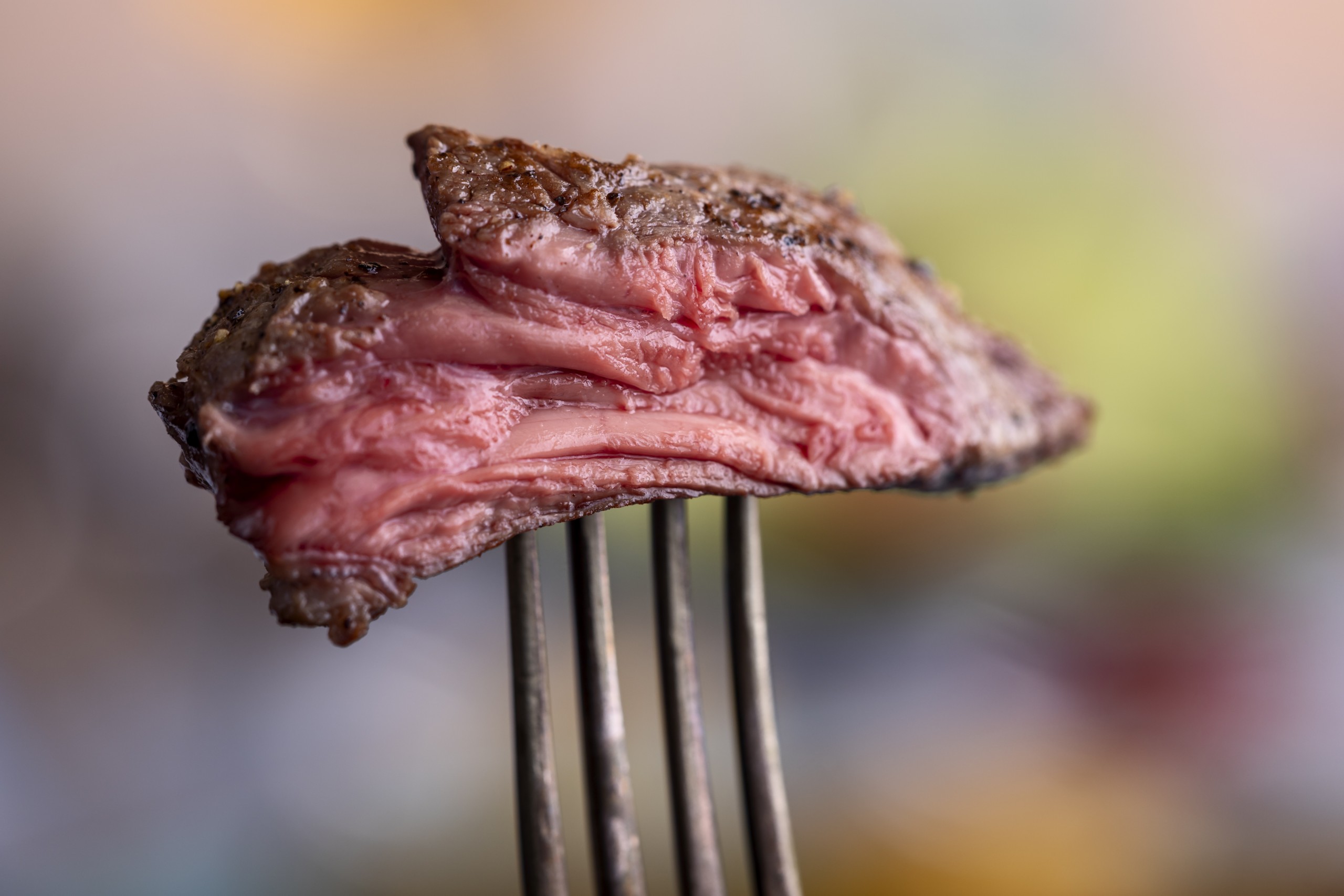The right combination of flavors can make or break your dining experience. When the meal is a seamless success, you’ll continue to dream about it for years to come. If it ends up lackluster, you may be hesitant to try those dishes and wines with other combinations for fear of repeating your mistakes. To help alleviate that stress, we have some sommelier insights to help boost your confidence.
Our latest comes from Irene Miller, Beverage Director at Michelin-starred Vestry in Manhattan. She begins her day with a range of tastings. Her sales representatives will bring by various wines she has told them she is interested in, or ones they think will work with the menu and her philosophy. “The food is seafood-based, with a lot of Japanese ingredients,” she explains. “It tends to be fresh and clean. So much of the wine list reflects this as well. I gravitate towards wines that are bright and pure and showcase the terroir from which they came.”
But for whatever food you’ve prepared, to help identify when you’ve found a perfect pairing, Miller shared three things to look for.

